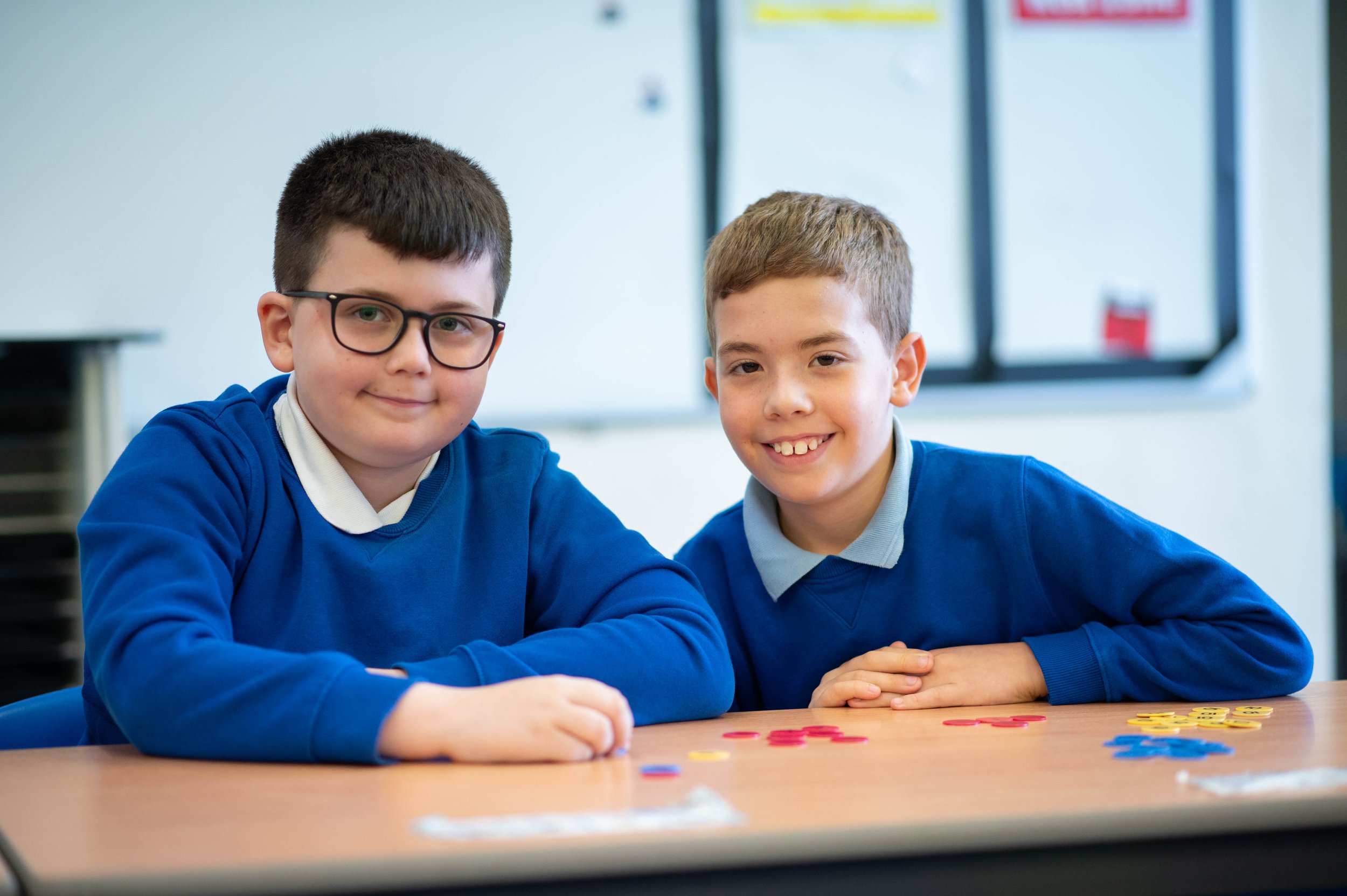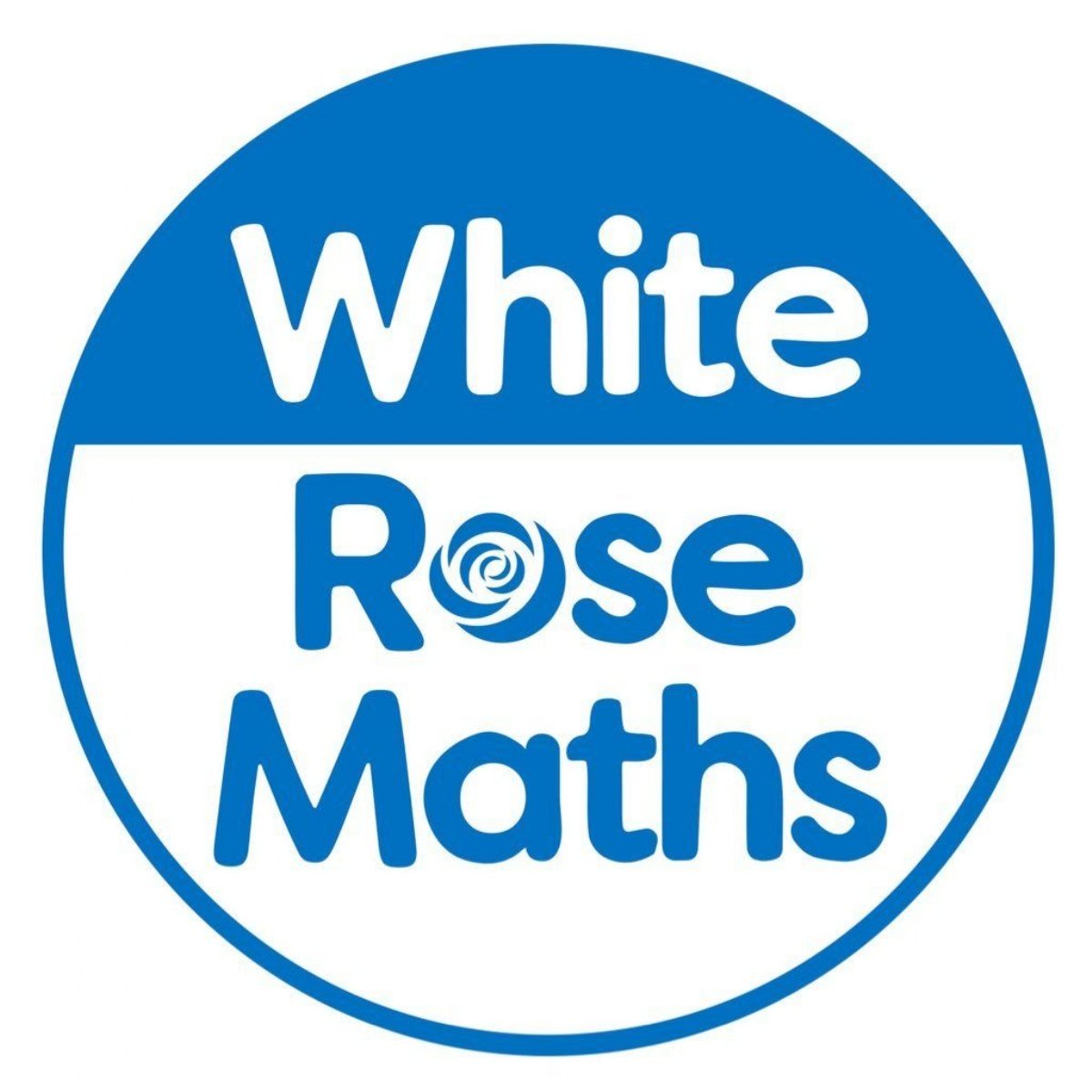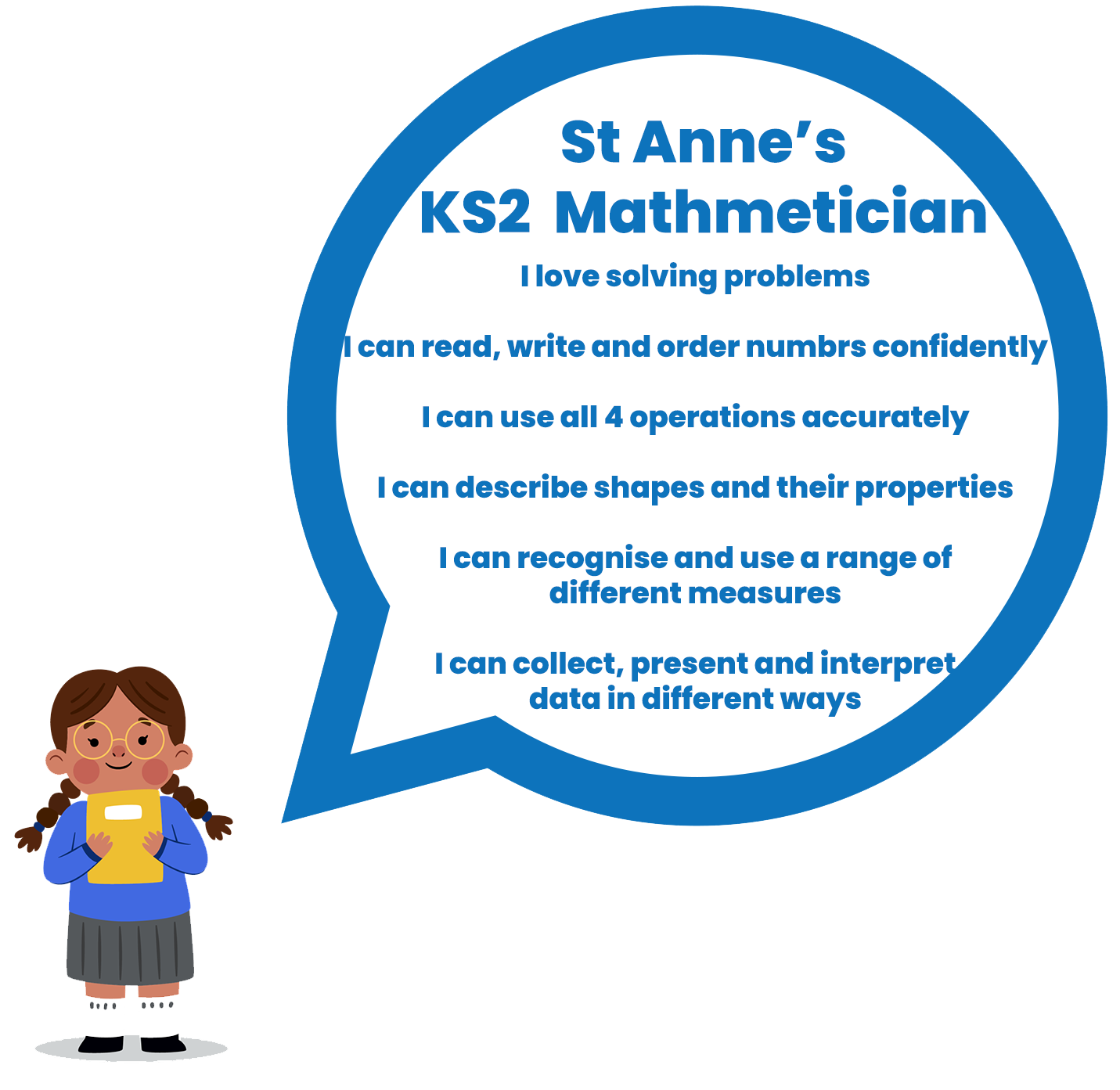
Maths
Maths
at St Anne’s Primary School
Intent: Why does our Mathematics curriculum look like this?
At St Anne’s Primary we recognise that Mathematics is essential to everyday life, critical to science, technology and engineering, and necessary for financial literacy and most forms of employment. We are committed to ensuring that our children are able to recognise the importance of Mathematics in the wider world and that they are also able to use their mathematical skills and knowledge confidently in a range of different contexts. We want all children to enjoy Mathematics and to experience success in the subject, with the ability to reason mathematically.
We intend to provide a high-quality mathematics curriculum so that all children:
· become fluent in the fundamentals of mathematics;
· reason mathematically;
· can solve problems by applying their mathematics.
Implementation: How will we achieve this?
Our children follow a carefully structured Mathematics curriculum which has been designed to ensure children know more, remember more and can do more as they progress through our school. The curriculum is supported by external resources from providers such as White Rose Maths, which are then also subsidised by other resources to ensure exposure to a wide range of resources. Our curriculum is designed to support teachers in all aspects of their planning and assessment whilst delivering a sequenced and progressive Mathematics curriculum effectively.
Children engage in Mathematics activities daily and the structure of the curriculum promotes regular opportunities to revisit and reinforce core arithmetic both in mental and oral strategies and calculation skills.
Our Teaching Approach
Our teaching approach incorporates three key aspects of Mathematics teaching designed to develop our children’s effective acquisition and application of skills:
· Fluency
· Reasoning
· Problem Solving.
Checking Children’s Understanding
Teachers will be aware, not only of their year group’s expectations but those the children have learnt previously. It is important that teachers check the children’s understanding of the previous teaching before moving on, in order for the children to really master the mathematics curriculum. Where individuals or groups of children do not show a secure understanding of what has been taught previously, it will be necessary to track back, either through whole-class teaching or individual or group intervention (boost sessions).
Mental Strategies
This document also contains essential information about the mental strategies that children will be taught. It is of vital importance that these are given high-priority during maths teaching and practised regularly, so that children have the skills which are required across all areas of maths.
What do we mean by Fluency?
Fluency in mathematics is a broad concept and is the bedrock of effective teaching and learning. Within our planning structure it involves providing children with opportunities to:
1. Develop an understanding of all mathematical concepts using concrete, pictorial and abstract representations. These are known as manipulatives (physical objects used to teach maths) and representations (such as number lines and graphs) and help children engage with mathematical ideas.
Concrete – children have the opportunity to use concrete objects and manipulatives to help them understand and explain what they are doing.
Pictorial – children then build on this concrete approach by using pictorial representations, which can then be used to reason and solve problems.
Abstract – With the foundations firmly laid, children can move to an abstract approach using numbers and key concepts with confidence.
The use of manipulatives should be temporary and should be used as a ‘scaffold’ that can be removed once independence is achieved.
1. Know and recall key mathematical facts such as place value, number bonds, multiplication and division facts.
2. Know and use a range of formal calculation methods.
3. Be able to recall and use facts and calculations quickly and accurately.
4. Be able to apply the same skill in multiple contexts and presentations and using various pictorial manipulatives
What do we mean by Reasoning?
Reasoning activities provide children with opportunities to apply their learnt skills and conceptual understanding in a variety of different contexts – word problems, multi-operational problems, graphically presented problems, SATs style reasoning problems etc. Reasoning is the process of children applying logical and critical thinking to a mathematical problem or activity in order to work out the correct strategy or method to use (and as importantly, not to use) in reaching a solution. Reasoning is seen as the glue that bonds pupils’ mathematical skills together; it is also seen as bridging the gap between fluency and problem solving, allowing pupils to use their fluency to accurately carry out problem solving.
What do we mean by Problem Solving?
Ensuring competency in collaborative and independent Problem Solving is the aim of our mathematics teaching and involves children using their knowledge and skills to make sense of an unfamiliar situation. In developing problem solving skills and strategies children will be encouraged to:
1. Apply the concepts and skills they have learnt;
2. Use and compare different mathematical approaches.
3. Independently break down problems into a series of simpler steps;
4. Persevere in seeking solutions.
5. Reflect on, and communicate their problem-solving ideas and strategies
In promoting problem solving skills teachers use a variety of resources and practical equipment. In their approach they purposefully select problem-solving tasks for which children do not have ready-made solutions and may show children how to interrogate and use their existing knowledge to solve problems. Teachers will also use worked examples to enable them to analyse the use of different strategies.
Impact: How do we know that our children are achieving?
At St Anne’s we are proud of our children’s development of skills in Mathematics which in turn lead to excellent attainment outcomes. We continually observe and formatively assess children against age-related mathematics objectives and use this information to plan the next steps in their mathematical learning and to challenge and consolidate their skills. By the end of each key stage, pupils are expected to know, apply and understand the skills and techniques specified in the relevant curriculum plans.





